Instructional Series
This site will be closing soon as its content has moved to Tāhūrangi.
2024 titles are available on Tāhūrangi. Use the filters to find specific series.
Find Literacy resources at Tāhūrangi - Literacy.
Welcome to the English medium literacy instructional series teaching and learning resources for years 1 to 8.
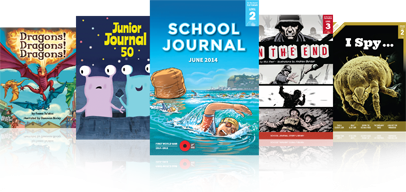
- Gold
- Purple
- Blue
- Red
- Green
- Yellow
- Orange
- Turquoise
- Magenta
- 2
- 3
- 4
- 1
- 4
- 6
- 5
- 3
- 8
- 7
- 2
- 1
- English
- Social Sciences
- Science
- Health and Physical Education
- Technology
- The Arts
- Mathematics and Statistics
- Learning Languages
- Fiction
- Non-fiction
- None
- Nature of science
- Living world
- Nature of technology
- Statistics
- Geometry and Measurement
- Planet Earth and beyond
- Technological knowledge
- Physical world
- Material world
- Number and Algebra
- Technological practice
- Gather and interpret data
- Use evidence
- Critique evidence
- Engage with science
- Interpret representations
- Articles
- Stories
- Poems
- Plays
- Activity
- Comic
- Kākano | Seed
- Tupu | Seedling
- Māhuri | Sapling
- Rākau | Tree
- Consonant digraphs
- Consonant patterns
- Initial and final blends
- Long vowels
- Short vowels
- Single consonants
- Complex morphemes
- Tense
- Vowel digraphs
- Contractions
- Syllable types
Search results
1187 items - Showing 341 - 350
-
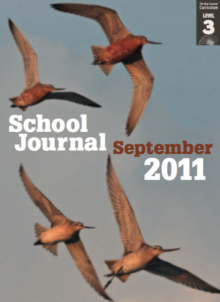
Kūaka
by Bronwen Wall
Every September, the kūaka, or bar-tailed godwit, flies more than 11 600 kilometres from Alaska to New Zealand, and each March to June it flies back again. This engaging article explores its remarkable migration – its departure and arrival periods, how fast it flies, where and on what it feeds in New Zealand, and how it manages to fly for long distances without eating. The article also offers a traditional Māori perspective on kūaka.
-
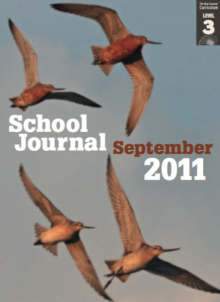
The Biggest Snake in History
by Norman Bilbrough
Imagine a snake longer than a bus and big enough to swallow a cow. That was Titanoboa, one of the most ferocious predators on Earth some sixty million years ago – five million years after the dinosaurs died out.
-
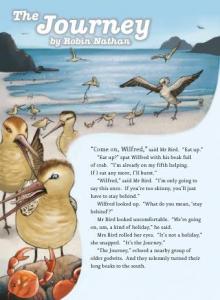
The Journey
as told to Kiwa Hammond by Tumanako Taurima
Young Wilfred can be a rebellious godwit, but news that his family will soon embark on “the Journey” takes the wind out of his wings. After his family explain what “the Journey” is – their annual migration from Alaska to New Zealand – and a godwit elder recounts his heroic journey, Wilfred reassesses his attitude.
-
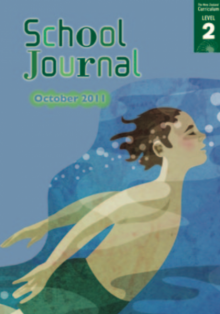
A Grin from Ear to Ear
by Tipene Watson
A boy and his koro enjoy a day fishing together. When the boy reels in the biggest fish he has ever caught, enough to feed the whole family for dinner, he proudly poses for the camera with his catch. Readers will share his surprise when Koro then tells him to release the fish. By explaining that it will go on to produce more in the future, Koro shares his values and traditions about sustainability with his moko.
-
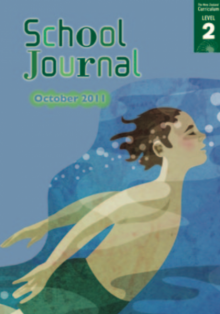
Asthma
by Denise Silk-Martelli
This article explains what happens during an asthma attack, what triggers asthma, and how people control it. To help readers connect the information to a real-life context, the article includes the example of a specific person’s experiences. Amber and the narrator describe how she manages her asthma, how other people can help, and how she is able to participate in everyday activities.
-
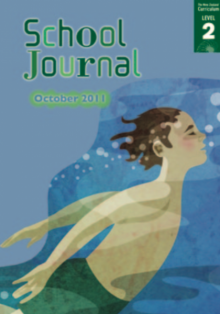
Tiakina a Tangaroa
by Jill MacGregor
This article, about a class’s science investigation, recounts how the students compare the sea life of a “protected” marine reserve with that at an “unprotected” beach. They discover clear differences and identify the harm people do to the environment by littering. The students raise community awareness of the issue by organising a sponsored parade.
-
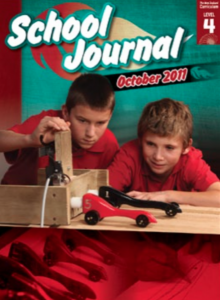
Red-hot Racers
by Maggie Lilleby
Miniature dragsters were the focus of a technology challenge for a group of intermediate students. In this article, we follow the planning, construction, and testing of the students’ designs. It is all about speed. Readers will learn about the different factors students had to consider when designing and making aerodynamic cars.
-
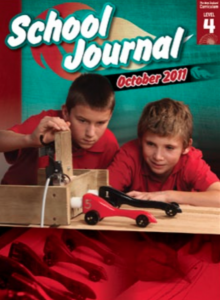
The Broad Street Killer
by Chris Nokes
This historical recount follows the efforts of Doctor John Snow to isolate the cause of a cholera epidemic in London during the nineteenth century. In his struggle to convince the establishment of his theories, he developed a “spot map”, which identified cluster patterns of cholera deaths in areas around water pumps. Although not recognised at the time, he is now considered a pioneer in the field of disease mapping.





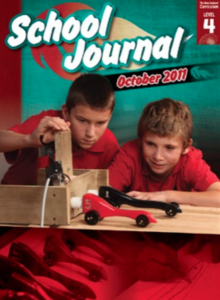

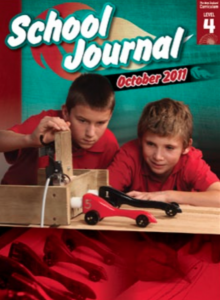
 Literacy Online home
Literacy Online home
